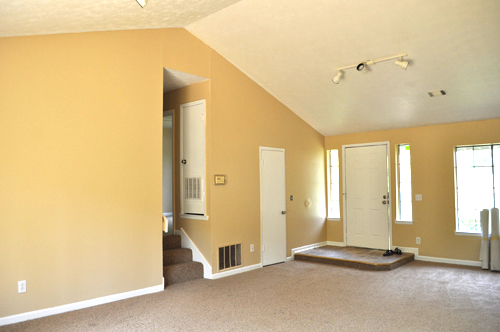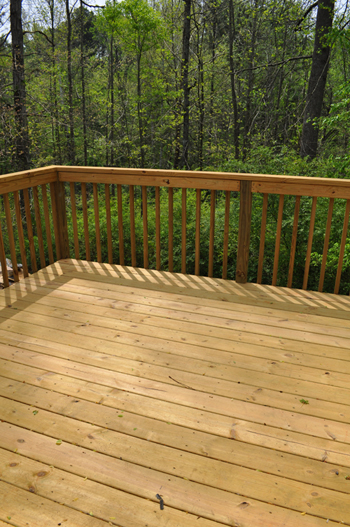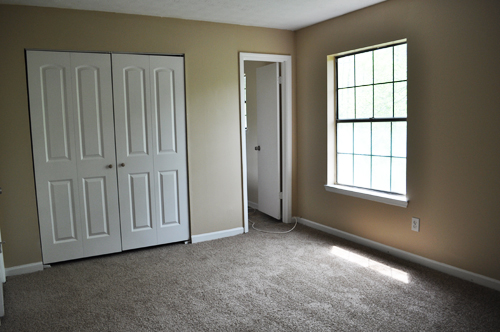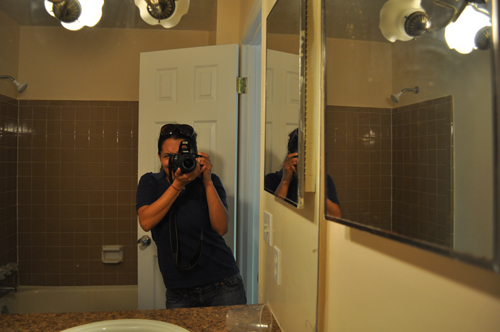I’m coming off another jam-packed weekend of 12-hour days fixing up our foreclosure house. Between our weekend warrior efforts and the nearly $5,000 we’ve paid towards labor costs, this fixer-upper is ready to go on the rental market!
Want proof? You’ve seen the “before” video (if you haven’t, click here.) Check out these “after” pictures:






(Click “display images” to see the photos if you’re reading this by email.)
So how much did it cost us to convert an ugly duckling into a beautiful swan?
House: $21,000 *
Labor: $4,661.73 **
Materials: $3,576.98
Total Repairs (Labor + Material) = $8,238.71
Total = $29,238.71
* we also paid a couple hundred bucks for closing costs
** carpet and garage door (material + labor ) included in “labor” figure
This is enough to get it show-ready. We still need to replace the gutters and water heater and tune the HVAC, which will add roughly another $1,000 to the total.
This means that my gut feeling that the “total purchase price” (purchase + repairs) would come to $30,000 was spot-on.
Two important caveats, though:
#1: Count Your Time
We spent every weekend and many evenings working on the house, and I spent many mornings and afternoons collecting quotes from contractors and checking up on the work. I didn’t track the total time we invested, but I’d guess that we roughly spent 100 hours combined on this project.
The value of our time should be added to this equation, especially since that time represents “missed opportunity” to earn money elsewhere. Time is money: Every hour we spend doing X is one fewer hour that we can spend doing Y.
It’s hard to make a precise calculation about how much our time is worth. At $50/hr, those 100 hours represent $5,000. At $25/hr, those 100 hours represent $2,500.
What metric do we use? I have no idea. That answer hinges on “what else would we do with that time?,” which is hypothetical. I just think its important to acknowledge that the time we invested translates into some financial worth.
#2: The One-Third Rule
Sooner rather than later, we’ll need to replace the windows, siding, bathtubs and roof. These aren’t urgent tasks, but they should get done in the next 3-5 years.
Why am I mentioning this? There’s the tough question of how people should allocate the cash-flow rental income that comes in. My favorite book on real estate investing, From 0 to 130 Properties in 3.5 Years, recommends the 1/3 approach:
- 1/3 on improving the house and/or extra mortgage payments
- 1/3 on buying more positive-cashflow real estate
- 1/3 on chasing capital gains (stocks, ETFs, etc.)
It’s a great suggestion, but I’m going to tweak it a bit:
- 1/3 on improving the house
- 1/3 on buying more positive-cashflow real estate
- 1/3 on building a thicker emergency fund
In 3-5 years, when I can switch from “fix-it” mode to “maintenance” mode, I’ll re-evaluate. But for the moment, this is my general strategy.
Update: The house is rented! What’s the return on investment? Find out here.
